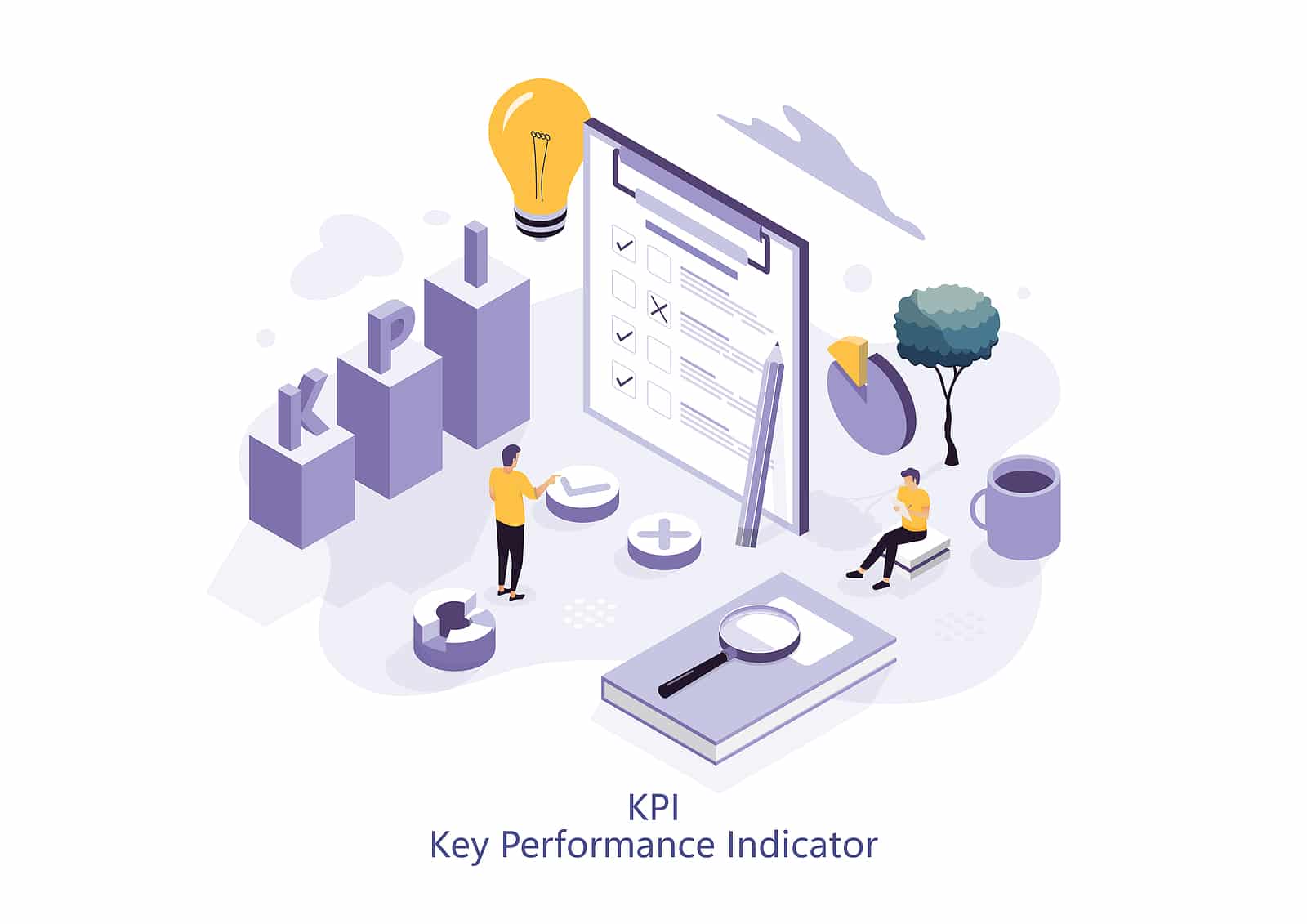
Tracking and managing performance is essential for organizations and teams that want to be at their best, and in the field of Emergency Medical Services (EMS), where success or failure can have real-world consequences, it is a concept that is especially important.
Understanding which factors are most important to track isn’t always so clear, but through the use and analysis of key performance indicators (KPIs), the ability to spot any deficiencies in operations and adjust accordingly, all in a short amount of time, becomes much easier.
KPIs are great for seeing where you are in relation to your long-term performance goals, and they provide a baseline for measuring criteria such as productivity, management strategies, and financial well-being.
Why Should EMS Providers Track KPI?
KPIs have become integral to the core operations of many EMS organizations. After all, you can’t know where you’re going unless you have a good idea of where you’re coming from.
For EMS services, the ability to succeed in difficult situations and enhance their growth is fundamentally determined by quantifiable results that can be looked at and improved. Knowing which KPIs to look at, therefore, will allow them to meet their strict standards of practice.
In order to make their strategic visions a reality, however, service providers must implement a clear plan of action for their employees to follow to eliminate unwanted behaviors and missed opportunities.
What Are the Most Important KPIs for EMS Providers?
EMS providers need to understand what to look out for when tracking and managing their day-to-day operations. KPIs offer a clear picture of the organization’s habits and expectations so that leaders can make improvements from the top down.
These developments require considerable effort on the part of both organizations and their workers, but nothing will change without a solid management structure that accounts for key areas of concern. These elements should be regularly assessed to ensure public safety.
1. Time to Response
The time it takes for EMS providers to respond to a scene has a huge impact on their ability to provide care, offer assistance during emergency events, and prevent further harm. As such, arriving as soon as possible can save lives, making it an essential metric to track for performance evaluation.
Response times are calculated based on how long it takes for callers to see a response. Measuring and improving this KPI is essential for organizations that want to meet the demands of the public.
2. Response Management
No matter how quickly you arrive on a scene, if you don’t provide good service, your efforts are meaningless. For EMS teams, “good service” is defined by their capability to recover from incidents, and delivering the best service means understanding evolving situations and acting accordingly.
EMS organizations must be able to control the scene, answer questions, and provide aid to the best of their ability. The capacity to answer questions and provide preparation for potential disasters are also important performance indicators.
3. Resource Usage
A more quantifiable performance indicator is the number of resources used while preparing for and responding to incidents, which can be associated with anything from personnel to equipment maintenance.
Since EMS organizations have limited resources, they need to enforce strict methodologies for tracking and managing costs. Understanding KPIs regarding resource usage should be done regularly to ensure that operations run smoothly and efficiently.
4. Personal Safety
The last thing EMS organizations want is for their emergency responders to get injured while on the job. Unfortunately, it does happen, but it should still be a rare occurrence, and organizations that see it too often need to consider adjusting their core practices.
Personal safety can be addressed through training, providing PPE, and investing in updated equipment. For many organizations, personal safety comes down to having proper support systems in place for workers to communicate their problems and address any deficiencies that exist.
5. Mortality Rates
Saving lives is, of course, the reason EMS services exist, but regularly failing to do so can be a huge red flag that there’s something wrong at the policy level of these organizations. Tracking mortality rates for EMS services can give you a good idea of how well they’re doing toward fulfilling their obligations.
EMS providers, firefighters, healthcare workers, and police officers all face incredibly complex situations on a daily basis, so having the tools and knowledge to unravel everything and put it into context will allow them to save more lives and properly serve the public.
Stay on Track with the Most Common EMS KPIs
EMS services need to be as consistent as possible in order to provide the best care and save the most lives. With the right solutions, you can use scheduling software, logging, risk assessments, and other powerful tools to see which performance metrics are most important, set realistic goals, and track progress toward reaching them.
For organizations that are charged with upholding public security and safety, simply knowing which metrics to look at isn’t enough. Those in the industry who want to provide fast, passionate, and effective care have many options available for ensuring they’re up to quality standards, meeting their objectives, and protecting more people from harm.